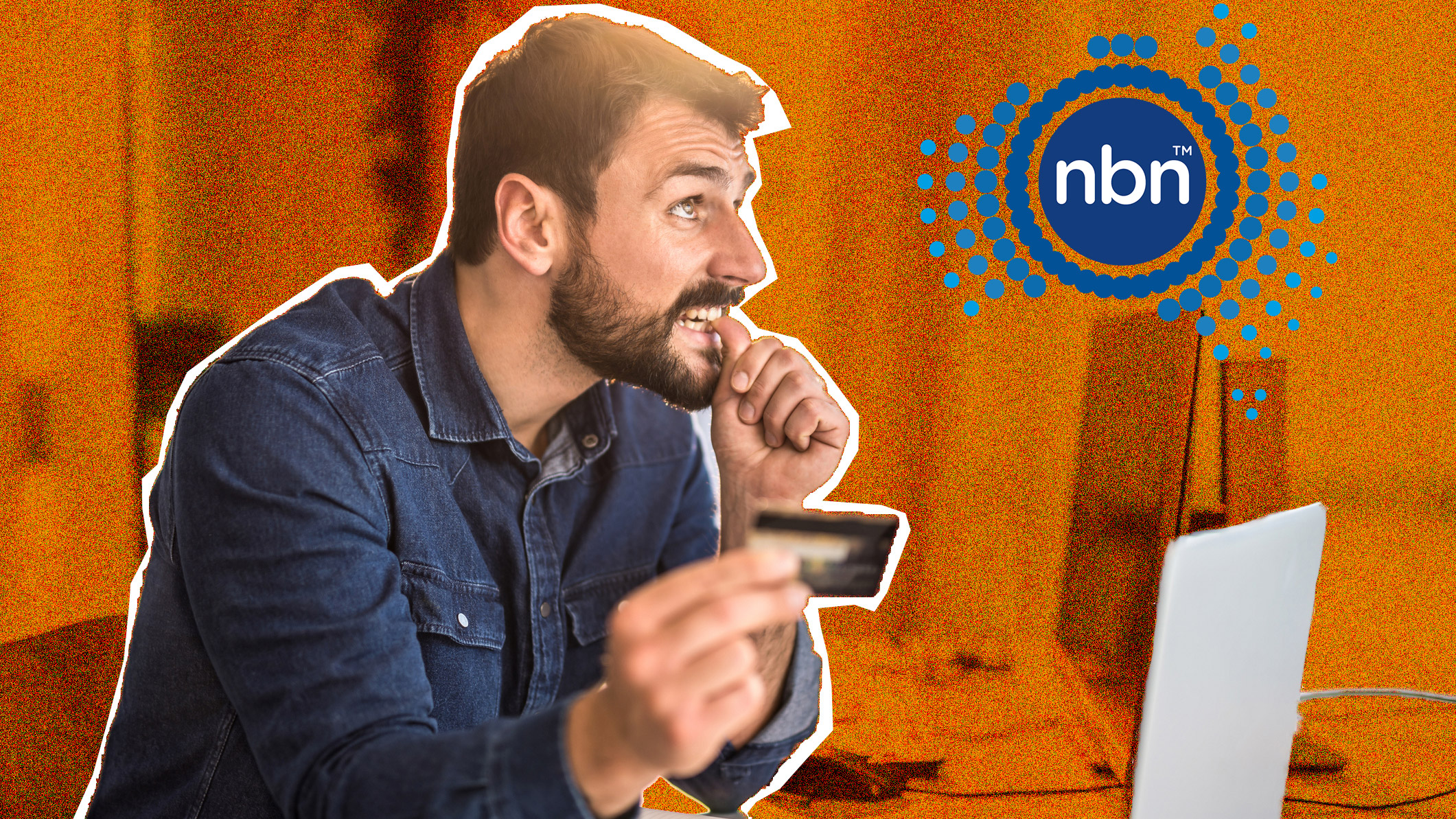NBN bills look set to rise again – and soon
Wholesale costs will go up on July 1 – but there is a way to avoid the increase

The last 8 months have been a bit of a rollercoaster for NBN prices. Many cheaper plans have become not so cheap, while faster, more premium plans have largely come down in price. The shifts have been the result of NBN Co playing around with internet wholesale pricing in an attempt to encourage consumers to sign-up for higher-speed services – a shift that would improve the health of National Broadband Network as a whole. But just as prices have stabilised, it looks like we’re all going to see another increase, with more changes to wholesale pricing set to be introduced on July 1, 2024.
This new wholesale pricing structure will determine the costs that NBN providers pay for their NBN plans and includes price increases for most speeds. From the cheaper 25Mbps NBN plans all the way through to the fastest NBN plans with speeds of 250Mbps to 1,000Mbps, costs to providers will rise by around two to three dollars, and this extra cost will almost certainly be passed on to customers.
The price increases aren't a huge surprise: NBN Co has previously flagged that they were coming, but the details were only recently finalised. Here's what the changes look like at a wholesale level:
| Speed tier (download / upload) | Current cost | New cost |
|---|---|---|
| NBN 25-100/20 | $55 | $57.22 |
| NBN 100/40 | $58 | $60.22 |
| NBN 250/25 | $60 | $62.22 |
| NBN 1000/50 | $70 | $72.22 |
As you can see, the price increases are relatively minor (4% at most), but as with previous changes, we'd expect providers to raise their prices to compensate. While it’s too early to say exactly how much they’ll increase, based on previous wholesale pricing changes we suspect most NBN plans will increase by around AU$5 per month. Individual NBN providers are of course free to adjust their pricing however they see fit, so we’ll be keeping a close eye on any changes and updating our recommendations when the new financial year rolls around.
How to beat the price rise
Now, there’s one surefire way to avoid the price increase – for a while at least. If you swap to another NBN provider that’s offering an introductory deal, you can lock in a discounted price for up to 6 months – and, in the process, you might even find a plan that’s cheaper than what you’re currently paying.
There’s always a plethora of NBN deals on offer, and many of our favourite NBN plans include 'first 6 months' discounts. If you’re considering switching, these are our current recommendations across the different NBN speed tiers:
- NBN 25: Flip | $44p/m first 6 months / AU$54.90p/m onging (save AU$65.40)
- NBN 50: Flip | $59p/m first 6 months / AU$74.90p/m onging (save AU$95.40)
- NBN 100: Spintel | $69p/m first 6 months / AU$79.95p/m onging (save AU$65.70)
- NBN 250: Spintel | AU$75p/m first 6 months / AU$85.95p/m ongoing (save AU$65.70)
- NBN 1000: Superloop | AU$99p/m first 6 months / AU$109p/m ongoing (save AU$60)
NBN Co's long-term plan
Towards the end of 2023, changes were made to the wholesale pricing structure, with the aim being to bring down the cost of all NBN plans with speeds above 100Mbps, thereby encouraging Australians to sign up for faster plans. To help facilitate this, NBN Co also introduced a free fibre upgrade program – which is still ongoing – so customers can get the fibre infrastructure required for faster plans installed at their premises.
Get daily insight, inspiration and deals in your inbox
Sign up for breaking news, reviews, opinion, top tech deals, and more.
When these changes were introduced, the cost of faster NBN plans did decrease, although only some NBN providers immediately passed those savings on by dropping their plan prices. Thankfully, we’ve noticed further decreases since the introduction of those changes and now, for example, the average cost of an NBN 1000 plan is AU$125.52, compared to AU$140.30 in September 2023.
As a consequence of faster plans becoming more affordable, prices of slower (but arguably more popular) plans have increased. The 50Mbps NBN 50 tier is by far the most popular in Australia, and we recently noticed a major uptick in the number of active services, but we've also tracked an increase in the average cost of close to AU$4 (going from AU$77.06 to AU$80.66) since September. And with the wholesale price of 50Mbps plans increasing by AU$2.22 from July, we fully expect that average to increase further.
You might also like...

Max is a senior staff writer for TechRadar who covers home entertainment and audio first, NBN second and virtually anything else that falls under the consumer electronics umbrella third. He's also a bit of an ecommerce fiend, particularly when it comes to finding the latest coupon codes for a variety of publication. He has written for TechRadar's sister publication What Hi-Fi? as well as Pocket-lint, and he's also a regular contributor to Australian Hi-Fi and Audio Esoterica. Max also dabbled in the men's lifestyle publication space, but is now firmly rooted in his first passion of technology.